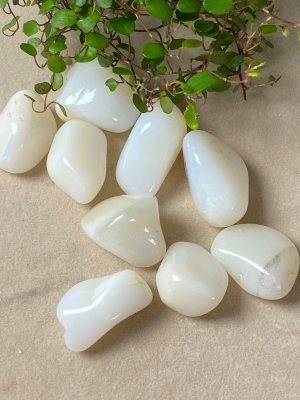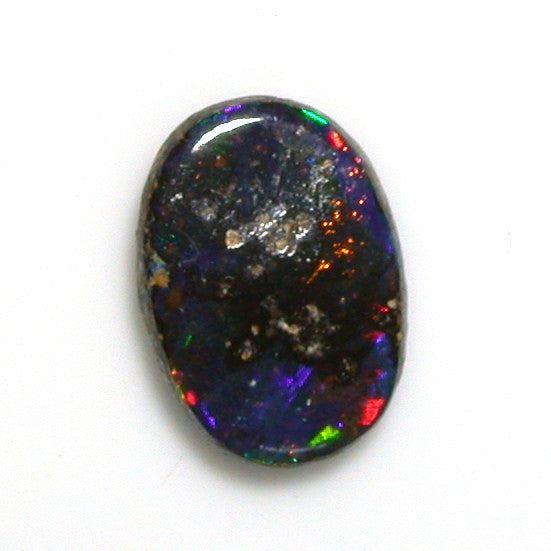Hello, and welcome. I love crystals/rocks
so I decided to make an A-Z Crystals/Rocks.
Let me start this off with this beautiful crystal, A = Azurite
Forums The Arcade A-Z Crystals/Rocks
C = Corundum
The mineral responsible for giving us Rubies and Sapphires
(but also impossible to spell because my dyslexic brain wants to read "conundrum")

The mineral responsible for giving us Rubies and Sapphires
(but also impossible to spell because my dyslexic brain wants to read "conundrum")

D = Dioptase
An intense emerald-green to blueish-green copper cyclosilicate mineral, transparent to translucent, uncommon mineral found mostly in desert regions.

An intense emerald-green to blueish-green copper cyclosilicate mineral, transparent to translucent, uncommon mineral found mostly in desert regions.

G = Granite (rock)
H = Hiddenite : Coloured by chromium oxide, Hiddenite can appear almost clear when seen at one angle, and light green to yellowish green from another. It deceives you in different lighting by playing games with you.
I = Iolite
Iolite gemstone is the gem-quality variety of the mineral cordierite. In shifting shades of violet & blue, it carries the spirit of journey & illumination.
Strongly pleochroic iolite has been incorrectly called “water sapphire,” as it can display a blue to violet hue in one direction and pale yellow to colorless in another.

This link had some cool info: GIA.edu Iolite Description
This one too, and there's a gallery
This was a tricky one, I realized I couldn't think of an "I" minerals or rocks off the top of my head, and I wasn't sure if you're counting elements (so I didn't wanna go for Iodine or Indium)
I just learned that ice is actually considered to be a mineral because it's a "naturally occurring, crystalline, inorganic solid with an ordered structure"
Also, ooh, Hiddenite sounds like a neat one, I'll have to go look it up! (also kinda glad to hear one other than "Hematite"!)
Iolite gemstone is the gem-quality variety of the mineral cordierite. In shifting shades of violet & blue, it carries the spirit of journey & illumination.
Strongly pleochroic iolite has been incorrectly called “water sapphire,” as it can display a blue to violet hue in one direction and pale yellow to colorless in another.
This link had some cool info: GIA.edu Iolite Description
This one too, and there's a gallery
This was a tricky one, I realized I couldn't think of an "I" minerals or rocks off the top of my head, and I wasn't sure if you're counting elements (so I didn't wanna go for Iodine or Indium)
I just learned that ice is actually considered to be a mineral because it's a "naturally occurring, crystalline, inorganic solid with an ordered structure"
Also, ooh, Hiddenite sounds like a neat one, I'll have to go look it up! (also kinda glad to hear one other than "Hematite"!)
Lazy today: J = Jadite
K = K2 Stone : combines minerals, like Granite, Azurite, Feldspar, Plagioclase, Biotite, Quartz, and Mica, so it is part of more than one mineral group.
L = Labradorite! One of my absolute favourites ♥
It is a calcium-enriched feldspar which can display an iridescent effect

And one more, because I LOVE THIS STONE SO MUCH

It is a calcium-enriched feldspar which can display an iridescent effect

And one more, because I LOVE THIS STONE SO MUCH

M - Malachite : The colour ranges from light to dark green and forms in masses, layers and rosettes.
Ooooh, Malachite is a gorgeous one ♥
N = Niobium
A lustrous, grey, ductile, paramagnetic metal, element #41 on the periodic table. It has a similar Mohs hardness rating to pure TItanium, and a similar ductility to iron.
Niobium oxidizes very slowly in Earth's atmosphere, and therefore is used as a hypoallergenic alternative to nickel in jewellery.
A cool video on anodizing Niobium & Titanium
N = Niobium
A lustrous, grey, ductile, paramagnetic metal, element #41 on the periodic table. It has a similar Mohs hardness rating to pure TItanium, and a similar ductility to iron.
Niobium oxidizes very slowly in Earth's atmosphere, and therefore is used as a hypoallergenic alternative to nickel in jewellery.
A cool video on anodizing Niobium & Titanium


November 2017 - February 2018
O- Opal!
Opal is said to enhance imagination and creativity and is often referred to as the "Eye Stone" for its ability to foster deep introspection and emotional clarity. Opals also serve as a protective shield against negative energies a brings a sense of security and inner peace.
It also comes in many different colors.



I'm super into the healing power of stones, so expect all my posts to mention a bit about that. Lol. Metaphysical information comes Tinyrituals this time.
Opal is said to enhance imagination and creativity and is often referred to as the "Eye Stone" for its ability to foster deep introspection and emotional clarity. Opals also serve as a protective shield against negative energies a brings a sense of security and inner peace.
It also comes in many different colors.


I'm super into the healing power of stones, so expect all my posts to mention a bit about that. Lol. Metaphysical information comes Tinyrituals this time.
P = Prehnite (It is a favorite)
Prehnite is the crystal to heal the healer. ‘From where there was darkness grew light and illumination, peace and calm’. Prehnite is found among the Apophyllite in India. Its pale green colour illuminates from a bed of black rock and powder as it is extracted from the Earth.
Prehnite is the crystal to heal the healer. ‘From where there was darkness grew light and illumination, peace and calm’. Prehnite is found among the Apophyllite in India. Its pale green colour illuminates from a bed of black rock and powder as it is extracted from the Earth.
Q = Quantum Quattro
Consisting of four powerful minerals: Shattuckite, Chrysocolla, Malachite and Dioptase in quartz with copper, found mainly in Nambia.
Consisting of four powerful minerals: Shattuckite, Chrysocolla, Malachite and Dioptase in quartz with copper, found mainly in Nambia.
R = Ruby in Rhyolite (double R!)
I'm obsessed with these right now because I recently learned that Rubies are UV reactive! They'll fluoresce under UV light!
In natural light:

Under UV light:

larger images here
Rubies are a variety of the mineral Corundum (aluminum oxide), and get their colour from the element Chromium. Sapphires are another common variety of Corundum gemstones.
Rhyolite - Tthe name comes from the Greek "rhéos," and "lithos", literally "flowing stone". Rhyolite is an igneous, volcanic rock. It is rich in silicon with a texture that can be glassy, fine grain or a mixture of crystal sizes. Because of its similar appearance, rhyolite has been confused with jasper, leading some to incorrectly label it as "rainforest jasper."
I'm obsessed with these right now because I recently learned that Rubies are UV reactive! They'll fluoresce under UV light!
In natural light:

Under UV light:

larger images here
Rubies are a variety of the mineral Corundum (aluminum oxide), and get their colour from the element Chromium. Sapphires are another common variety of Corundum gemstones.
Rhyolite - Tthe name comes from the Greek "rhéos," and "lithos", literally "flowing stone". Rhyolite is an igneous, volcanic rock. It is rich in silicon with a texture that can be glassy, fine grain or a mixture of crystal sizes. Because of its similar appearance, rhyolite has been confused with jasper, leading some to incorrectly label it as "rainforest jasper."
S is for = Selenite : Selenite is a member of the Gypsum family. Satin Spar : is Selenite that has a fine grain, and lustre : sometimes with a pearly, powdery finish. Some harder forms of this are known as Alabaster.
If you can’t say something nice, Don’t say anything at all!
T - Tanzanite !!!!!!!!!!!!!!!!!!!!!!!!!!!!!!!!!!!!!!!!!!!!!!!!!!!!!!!!!!!!!!!!!!!!!!!!!!!!!!!!!!!!
You must be logged in to post
Login now to reply
Don't have an account? Sign up for free!
Having you as a Voltie would be awesome.
